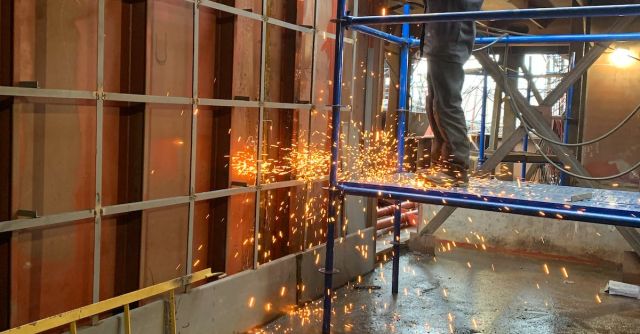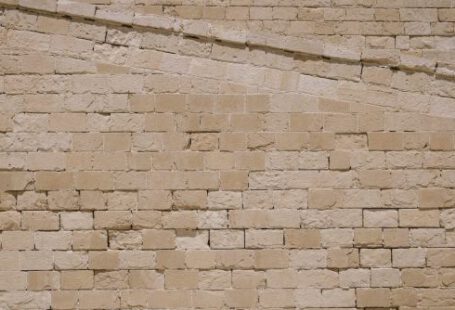Noise pollution has become an increasingly pressing issue in recent years, with many people struggling to get a good night’s sleep or even find a quiet place to study or work. As noise levels continue to increase in our urban centres, it is essential that we take measures to manage noise pollution and protect our hearing. Ear protection is one of the most effective ways to reduce noise pollution and protect our hearing, but what are the best options when it comes to ear protection?
Types of Ear Protection
When it comes to ear protection, there are several different types to choose from. Depending on your particular needs and the type of noise you are trying to protect against, you can choose from different types of earplugs, earmuffs, and even soundproofing materials.
Earplugs
Earplugs are the most common form of ear protection and can be found in a variety of shapes, sizes, and materials. The most common type of earplug is made from foam, which is designed to fit snugly into the ear canal and block out sound. Earplugs are often disposable and are great for short-term use, such as concerts or other loud events. Another type of earplug is made from a silicone or wax material, which is designed to form a seal inside the ear canal and provide a better fit and greater sound protection.
Earmuffs
Earmuffs are another popular form of ear protection and are often used in industrial and construction settings. Earmuffs are designed to fit over the head and cover the ears. They are made from a variety of materials, including foam, plastic, and metal, and are designed to block out sound. Earmuffs can be adjusted to fit snugly and securely and provide a greater level of sound protection than earplugs.
Soundproofing Materials
Soundproofing materials such as acoustic foam, soundproofing insulation, and acoustic panels can also be used to reduce noise pollution. These materials are designed to absorb sound waves and reduce the amount of noise that is transmitted through walls and other surfaces. Acoustic foam is particularly effective at absorbing sound and can be used to line walls and ceilings in order to reduce sound transmission.
Choosing the Right Ear Protection
When choosing the right ear protection for your needs, it is important to consider the type of noise you are trying to protect against. If you are looking for short-term protection, such as for a concert or other loud event, disposable earplugs are usually the best option. For longer-term use, such as in an industrial or construction setting, earmuffs or soundproofing materials may be more appropriate. It is also important to ensure that the ear protection you choose fits properly and is comfortable to wear.
Conclusion
Noise pollution has become an increasingly pressing issue in recent years, and it is essential that we take measures to reduce noise levels and protect our hearing. Ear protection is one of the most effective ways to reduce noise pollution and protect our hearing, but it is important to choose the right type of ear protection for your particular needs. Earplugs, earmuffs, and soundproofing materials can all be used to reduce noise levels and protect our hearing, and it is important to choose the right type and ensure it fits properly.






